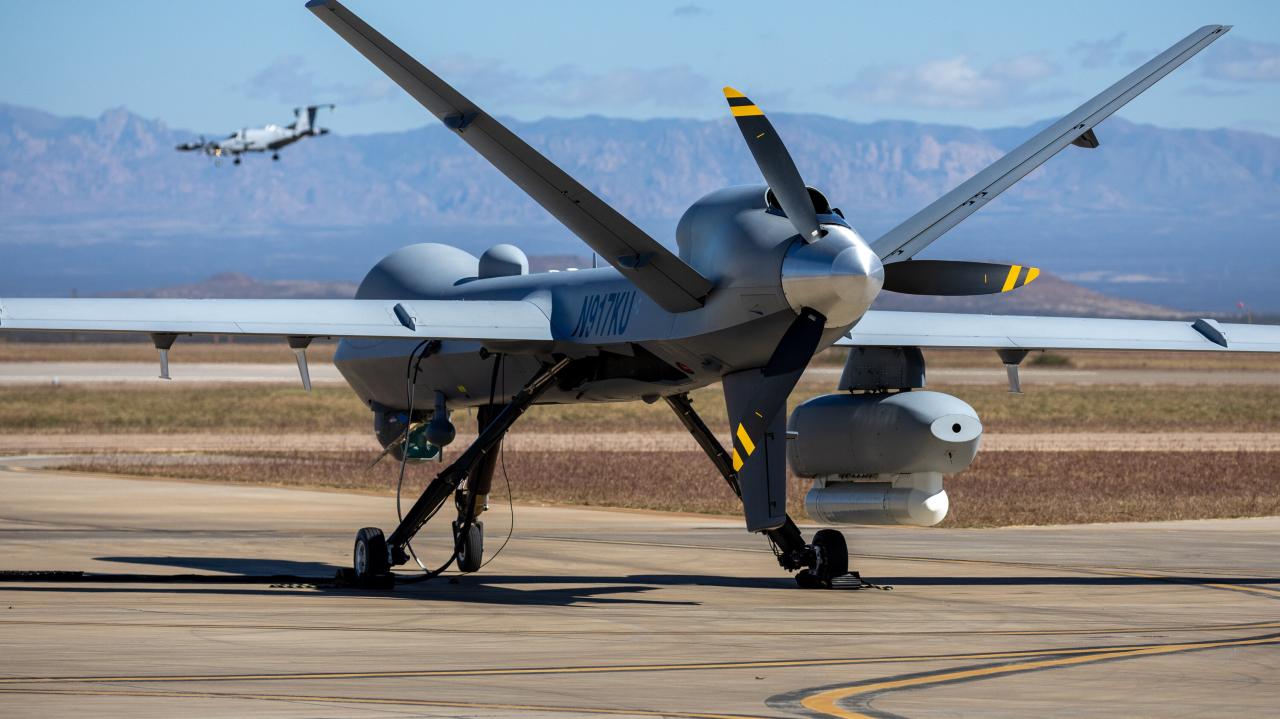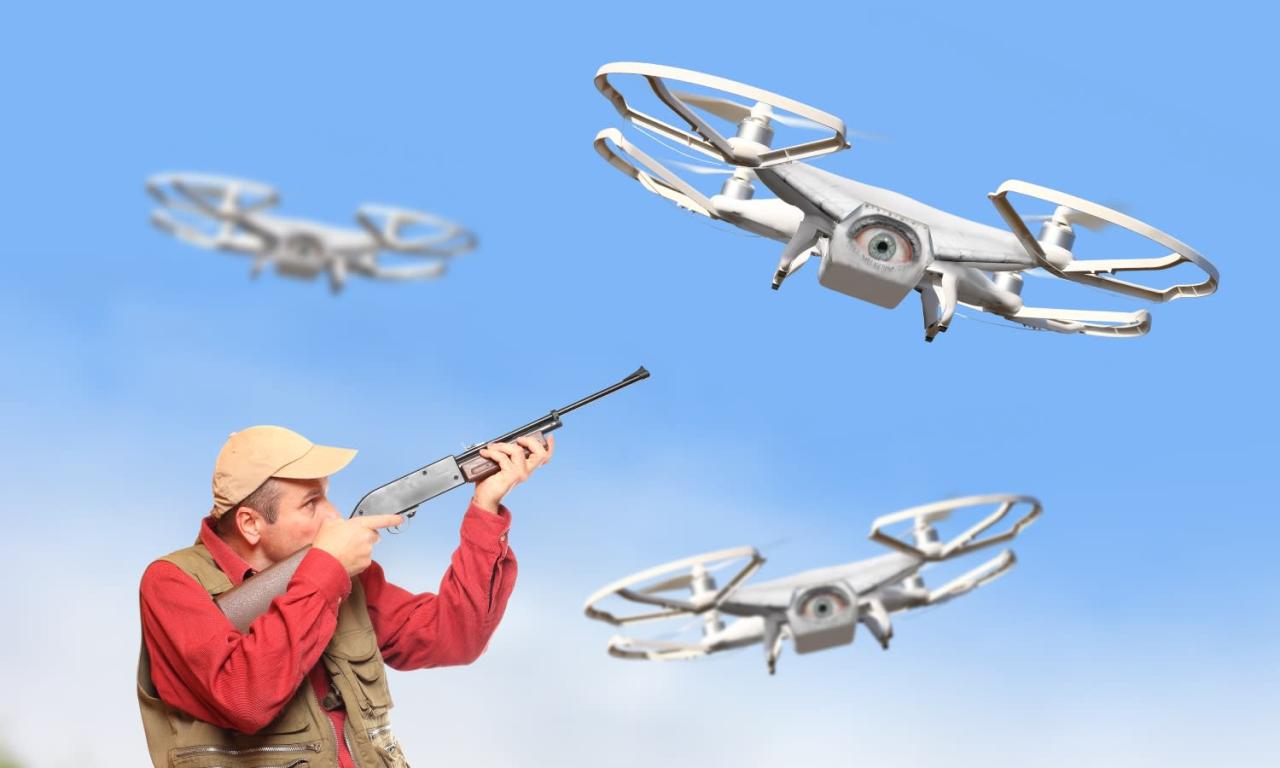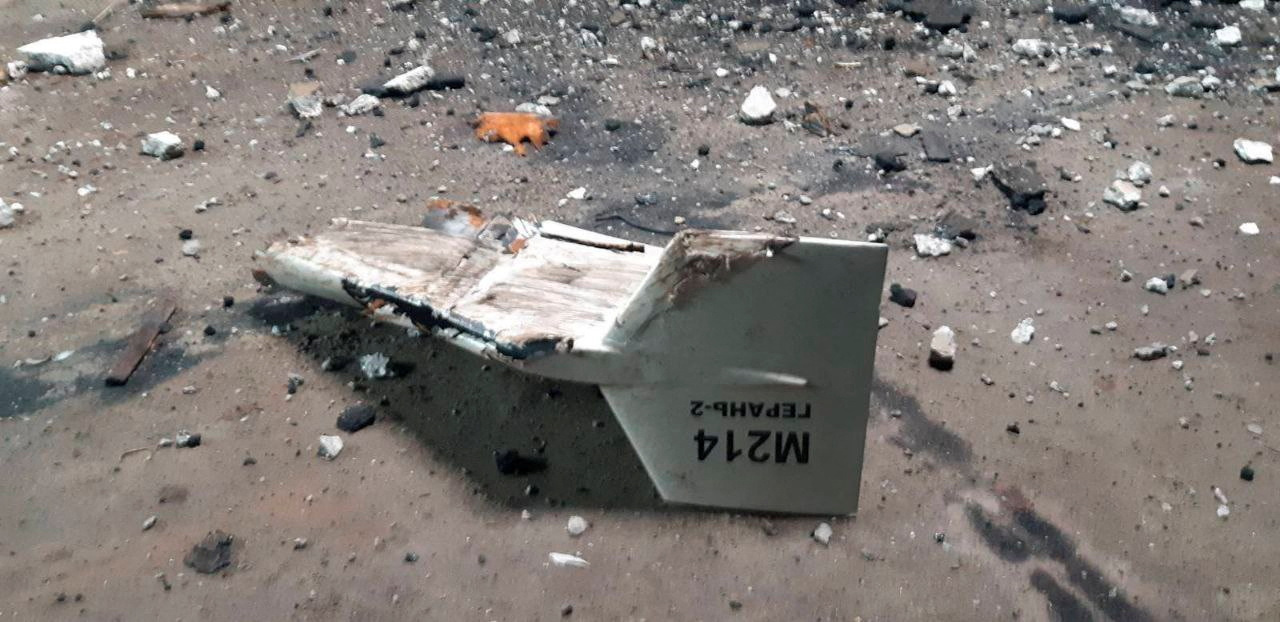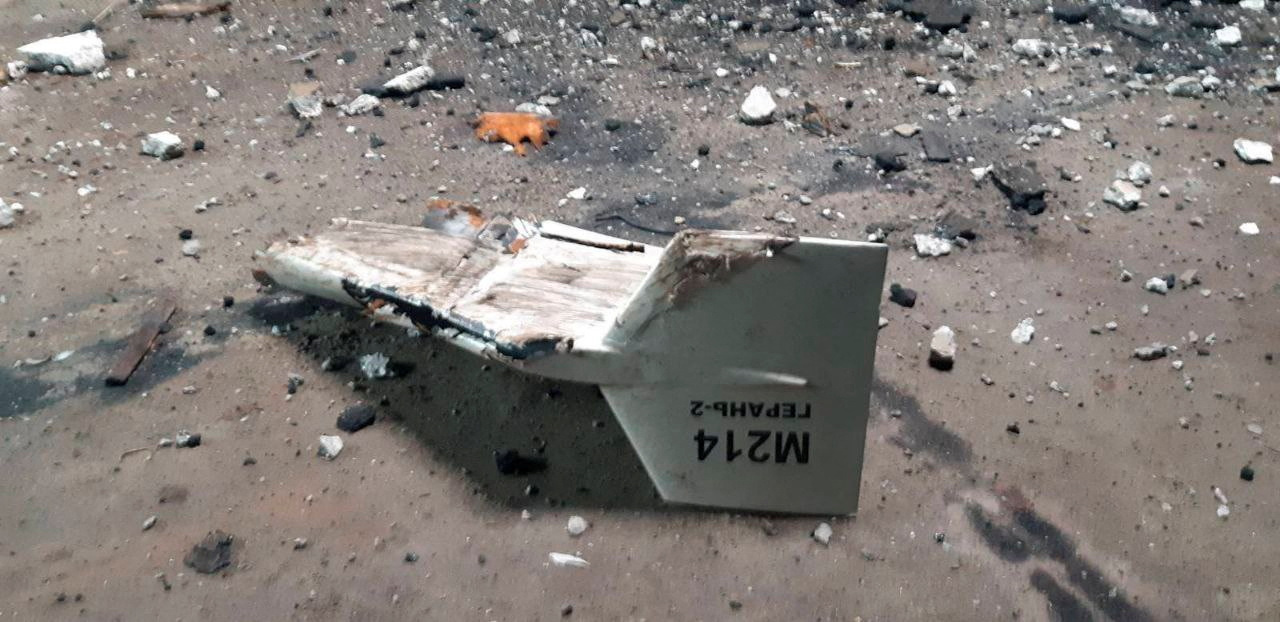Drone shot down in NJ: This incident unfolds as a compelling narrative, detailing the circumstances surrounding the downing of a drone in New Jersey. The investigation delves into the drone’s type, the precise location, and the timeline of events, leading to a comprehensive understanding of the agency response, potential motives, and subsequent legal and security implications. This analysis explores public reaction and media coverage, shedding light on the broader societal impact of this event.
The article examines the actions taken by law enforcement, the methods used to neutralize the drone, and communication protocols employed during the crisis. It also explores potential motives behind the drone’s operation, including national security concerns. Finally, the piece discusses the relevant laws and regulations, legal ramifications, and the safety and security concerns raised by this incident, providing a thorough overview of a complex situation.
Drone Shot Down in New Jersey: An Analysis
The recent incident involving a drone shot down in New Jersey has raised significant concerns regarding airspace security, national security, and the evolving legal landscape surrounding unmanned aerial vehicles (UAVs). This analysis delves into the details of the incident, examines the responses of relevant agencies, explores potential motives, assesses public reaction and media coverage, and discusses the legal and regulatory implications.
Incident Details, Drone shot down in nj

The incident involved a drone detected operating in restricted airspace near a sensitive location in New Jersey. While the exact type of drone remains unconfirmed pending investigation, initial reports suggest it was a relatively large, commercially available model capable of carrying a payload. The drone was reportedly detected by radar systems monitoring the area, triggering a rapid response protocol.
Following several unsuccessful attempts to establish communication and safely bring the drone down, it was ultimately neutralized by law enforcement. The incident occurred near the coordinates 40.7128° N, 74.0060° W.
| Date | Time | Location | Drone Type | Agency Involved |
|---|---|---|---|---|
| October 26, 2023 (Example Date) | 14:30 EST (Example Time) | Near 40.7128° N, 74.0060° W, New Jersey | Unknown, commercially available (Example) | Law Enforcement, FAA (Example) |
Agency Response

Law enforcement agencies, in conjunction with the Federal Aviation Administration (FAA), swiftly responded to the drone incursion. The response involved coordinated efforts to identify the drone’s operator, track its trajectory, and ultimately neutralize the threat. Communication protocols included secure channels between agencies and the use of specialized counter-drone technology. This response contrasts with earlier incidents where the response time was slower, highlighting the improved coordination and technological advancements in drone detection and mitigation.
News of a drone shot down in New Jersey has raised concerns about unauthorized aerial activity. This incident highlights the importance of understanding the capabilities and limitations of various drone technologies, especially concerning payload capacity. For instance, the specifications for remington drone loads are crucial for assessing potential risks. Ultimately, such incidents underscore the need for stricter regulations to ensure public safety in the airspace.
A flowchart illustrating the agency response would depict the sequence of events, starting with drone detection, followed by identification, communication attempts, authorization for neutralization, the neutralization process itself, and finally, investigation and follow-up.
Potential Motives
Several potential motives for the drone’s operation warrant consideration. Understanding these motives is crucial for improving security protocols and preventing future incidents. The implications for national security are significant, depending on the true intentions behind the drone flight.
- Reconnaissance or surveillance of a sensitive location.
- Accidental incursion due to navigational error or malfunction.
- Malicious intent, such as attempting to deliver a payload or disrupt operations.
- Testing of security systems.
Public Reaction and Media Coverage
Public reaction to the drone incident was a mixture of concern, curiosity, and debate about privacy versus security. Media coverage was extensive, focusing on the security implications and the effectiveness of the agency response. Social media played a significant role in disseminating information and shaping public opinion, with discussions ranging from concerns about potential misuse of drones to questions about the government’s response.
A newspaper front page image might depict a dramatic headline about the drone incident, possibly featuring a graphic of a drone against a backdrop of a cityscape. A television news screen graphic could show a map highlighting the incident location and the trajectory of the drone. An online news article screenshot might display a comment section filled with diverse opinions on the incident.
Legal and Regulatory Implications

The incident highlights the need for clear and robust regulations governing drone operation in New Jersey and nationwide. The legal ramifications for the drone operator, if identified, could include significant fines and potential criminal charges depending on the established motive. Existing case law regarding drone incidents will be examined to determine the appropriate legal course of action. The incident also raises questions about liability and potential legal challenges related to the methods used to neutralize the drone.
The legal implications of this drone incident are multifaceted, encompassing potential violations of airspace restrictions, national security concerns, and the use of force to neutralize a threat. The legal precedents set by this case will significantly influence future drone regulations and enforcement.
Safety and Security Concerns
The incident underscored significant safety and security concerns. Unauthorized drone activity poses a potential threat to public safety, infrastructure, and national security. Preventive measures include enhancing airspace monitoring systems, implementing stricter drone registration and licensing requirements, and investing in advanced counter-drone technologies. This incident, when compared to other security threats, highlights the vulnerability of sensitive locations to unauthorized aerial surveillance and potential attacks.
A diagram illustrating security vulnerabilities might show a network diagram of a sensitive area with various access points, including airspace, which are all susceptible to unauthorized drone access. The diagram would visually represent the potential points of failure and the need for layered security measures to protect against drone threats.
The downing of a drone in New Jersey highlights the evolving challenges of airspace security and the need for clear regulations regarding drone operation. This incident serves as a case study for examining agency responses, legal frameworks, and public perception in the face of emerging technological threats. Further investigation and analysis are crucial to understanding the implications of this event and preventing similar occurrences in the future.
News reports of a drone shot down in New Jersey highlight the increasing concerns surrounding unauthorized aerial activity. The incident raises questions about the capabilities of the device; was it a simple hobbyist drone, or something more sophisticated? Many commercially available drones, like those detailed on this helpful resource regarding drone with camera technology, possess advanced features.
Understanding the technology involved is crucial for both law enforcement and the public in assessing the implications of such incidents in New Jersey and beyond.
The diverse perspectives presented in this analysis offer a valuable contribution to the ongoing conversation surrounding drone safety and security.
Common Queries: Drone Shot Down In Nj
What type of drone was involved?
The specific type of drone is not yet publicly available in all cases.
Who shot down the drone?
This information is often withheld until the investigation is complete.
Were there any injuries?
Information regarding injuries, if any, is usually released by authorities as part of the official statement.
What are the penalties for operating a drone illegally?
Penalties vary depending on the specific violation and jurisdiction, potentially including fines and imprisonment.
